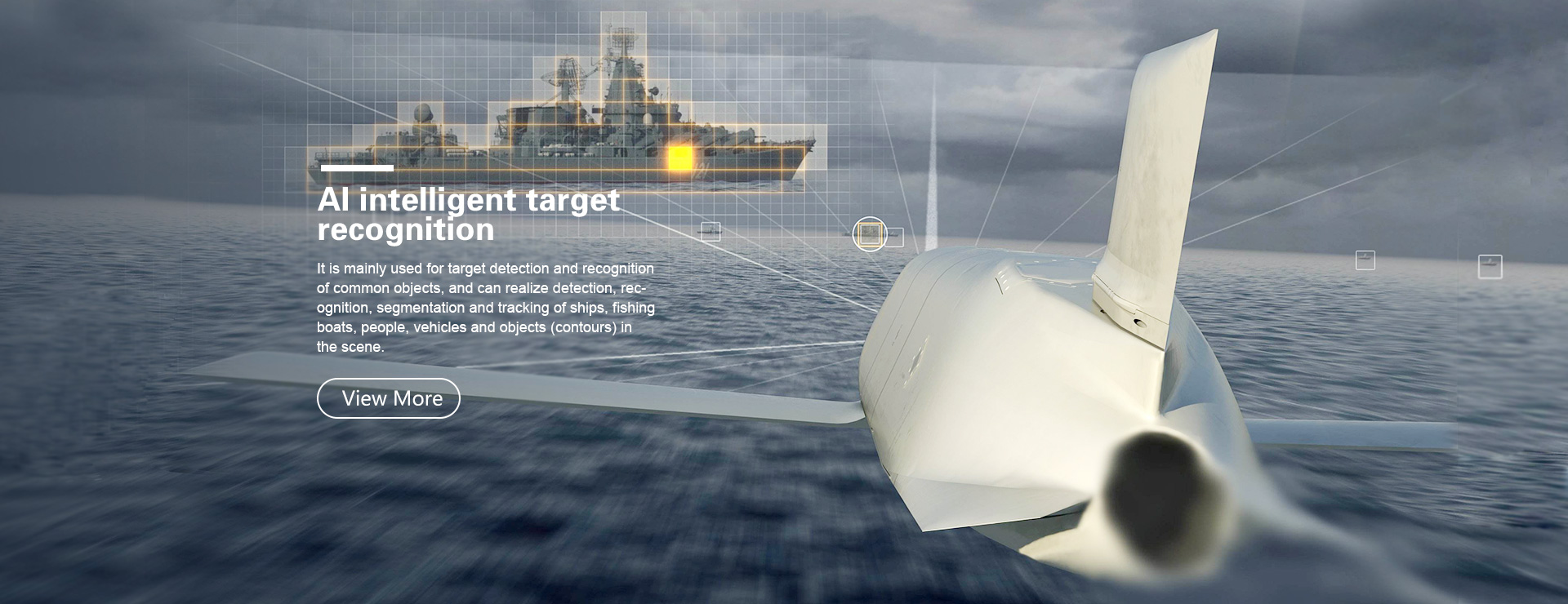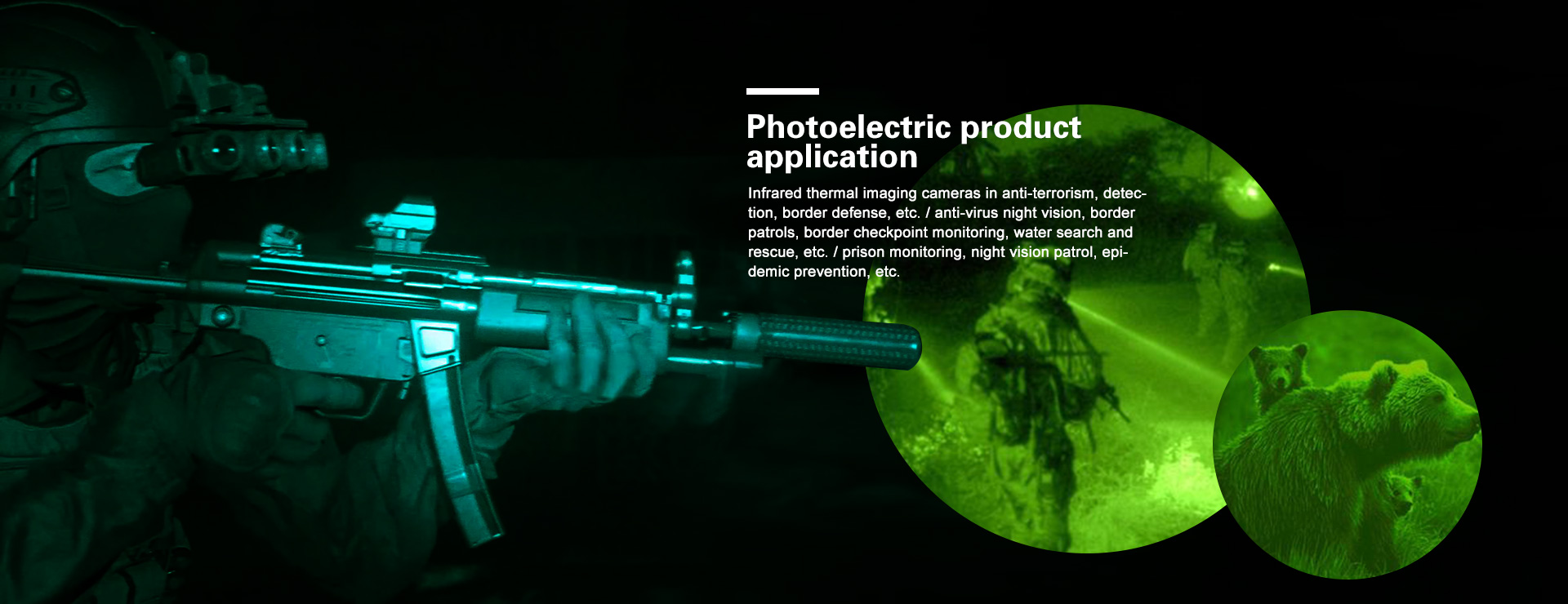UAV knowledge Brushless power ESC and motor knowledge
The power of an electric aircraft mainly refers to two components:
The first is the motor, also known as the motor.
The second is the speed controller that controls the speed of the motor. Long ago, the early governor was realized by using the steering gear to control the adjustable resistance paddle. This type of machine is called the mechanical governor and has now withdrawn from the historical stage. You can only see photos of some of the replica frame or instructions. Now we say that the governor refers to the electronic governor, referred to as ESC, English Electronic Speed Controller, abbreviation ESC
According to the major categories, it can be divided into brush power and brushless power. That is, there is a brush ESC with a brush motor, and a brushless ESC with a brushless motor.
Brushed motor and brushless motor
The motors used in the car models are all inner rotor motors, that is, the motor casings are fixed and rotated by the inner circular rotor. The outer rotor is not discussed here. If you want to know the outer rotor and the inner rotor, you can understand Baidu.
Brushed motor: In the early days, the magnet was fixed to the motor casing or base to become the stator. Then, the coil windings are turned into rotors, and the brush motors for model vehicles are usually three sets of windings. The following figure is a typical brush motor structure.

The picture shows that the most basic components of the brush motor are the stator, the rotor, and the carbon brush. The brush motor is also called a carbon brush motor or a carbon brush motor. The carbon brush is rotated by contact with the copper head on the winding. However, since the carbon brush wears due to high-speed rotation, the brush motor needs to replace the carbon brush after the carbon brush is used up. The copper head will also wear out. Therefore, in the race motor with the carbon brush era, in addition to replacing the carbon brush, it is necessary to polish the copper head to keep the copper head smooth. After replacing the carbon brush, it is also necessary to run-in to maximize the contact area between the carbon brush and the copper head to achieve maximum current to increase the speed/torque of the motor.
Brushless motor: Since there are some drawbacks in the brush, then no brush will come into being.
Brushless is to wind the coil around the stator, then the magnet is made into a rotor, and the magnet is rotated instead of the coil, so there is no carbon brush consumable.
Now that the coil is fixed, how do you make the coil produce a changing magnetic field? That's why brushless requires 3 wires. By using the brushless ESC, the coil group is correspondingly supplied with power to generate a corresponding magnetic field, so that the magnet rotor can be continuously driven to keep rotating.
The picture below shows the most basic principle of the brushless motor. The animated picture is very simple and easy to understand. It is the driving principle of our current 2-pole motor.
Summary: Regardless of whether there is a brush motor or a myriad of motors, the basic principle is to generate a magnetic field through the coil, and then use a permanent magnet to drive the rotor to rotate. The brush has a permanent magnet made into a stator and a coil made into a rotor. In the case of brushless, the coil is made into a stator, and the permanent magnet is made into a circular rotor.
Tips for using the motor: The player faces the motor output shaft. When the motor rotates counterclockwise, the frame is the forward direction, which is the standard frame design. If some frames use a non-standard design, then the motor will turn counterclockwise and the car will retreat. Of course, it is also possible that some axle car players have an error in the installation process, and the reverse is reversed, and a reverse error will occur.
Brushed ESC and brushless ESC
There is a brush ESC, after talking about the brush motor, it is natural to mention that there is a brush ESC, and the brush ESC is used to control the speed of the brush motor.
Brushed ESCs often have only 4 wires, 2 are input power terminals, and are connected to the positive and negative terminals. The other two are the output terminals that control the speed of the motor and are connected to the two electrodes of the motor. Control of the speed and positive and negative can be achieved by changing the current/voltage and the direction of conduction.
The picture below is a good cool running 60A waterproof brushed ESC







